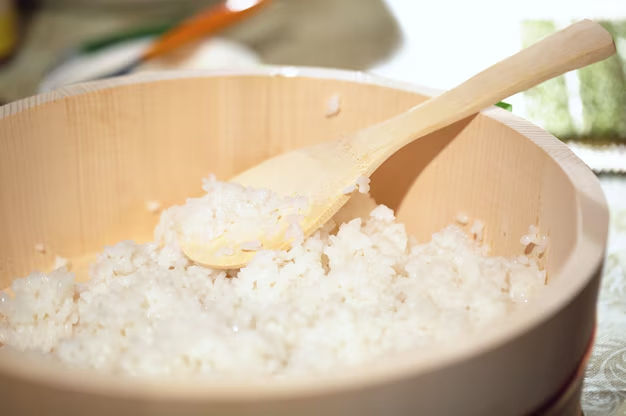Can Diabetics Enjoy Rice Without Worry?
For many people around the globe, rice is a dietary staple, adored for its versatility and comforting nature. But if you or someone you love has diabetes, the relationship with this beloved grain might be more complicated. Can diabetics enjoy rice as part of a healthy meal plan? Here’s what you need to know.
The Glycemic Impact: What to Consider
When discussing food choices for diabetes management, the glycemic index (GI) and glycemic load (GL) of foods become essential topics. The glycemic index measures how quickly a food raises blood sugar levels. Foods with a high GI cause rapid spikes, which can be problematic for diabetics.
White rice typically has a high GI, making it a less-than-optimal choice for those managing their blood sugar. However, brown rice or other whole grain alternatives like wild rice tend to have a lower GI, offering a more stable blood sugar response. These can be included in a diabetic diet in moderation.
Benefits of Choosing the Right Type of Rice
While it’s crucial to control portion sizes, opting for whole grains can provide substantial benefits. Brown rice boasts more fiber compared to white rice, which helps slow digestion and reduce blood sugar spikes. Additionally, brown rice provides essential nutrients like magnesium, which plays a role in insulin regulation.
For those looking to diversify their grain options, quinoa, barley, or cauliflower rice are excellent alternatives. These substitute choices not only have a lower glycemic index but also offer unique flavors and nutrients, enriching any meal.
Creating a Balanced Plate
Combining rice with lean proteins, healthy fats, and plenty of vegetables can create a balanced meal that supports healthy blood sugar levels. This combination delays the absorption of carbohydrates, providing better glucose management. For instance, a serving of brown rice alongside grilled chicken, sautéed vegetables, and a sprinkle of avocado makes for a delicious and nutritious plate.
Broader Lifestyle Supports
Managing diabetes is not solely about making the right food choices. It’s about maintaining a holistic approach to health, which often requires financial support and educational resources. Realizing that medical expenses and dietary adjustments can strain budgets, numerous programs and resources are available to help ease the journey:
Government Aid Programs: Many governments offer assistance programs for those diagnosed with chronic conditions like diabetes. These can cover medical expenses, provide nutrition education, or assist with fitness program enrollments.
Financial Assistance: Some non-profits focus on helping diabetics afford their medications and supplies. Local health departments or community organizations can often direct individuals to these resources.
Debt Relief Options: For those facing overwhelming medical debt, exploring relief options can be beneficial. Some programs offer reduced payment plans or assistance in negotiating medical bills.
Educational Grants: Pursuing education on diabetes management—or fields like health and nutrition—can empower and provide financial benefits. Scholarships or grants might be available for those interested in further study.
Embracing a diabetic-friendly lifestyle requires not just dietary mindfulness but also exploring external resources to support this journey effectively. It’s about creating a sustainable and informed path forward, with rice—or any food choice—becoming part of a balanced narrative in life.
Explore these Resources for Additional Support
- 📋 Government Health Programs: Look into your local government’s offerings for chronic illness support.
- 💸 Non-Profit Financial Help: Seek organizations providing financial assistance for medical care and supplies.
- 💪 Debt Relief Solutions: Consider exploring options for managing medical debt efficiently.
- 🎓 Education Opportunities: Research grants and scholarships for nutrition and health management studies.
